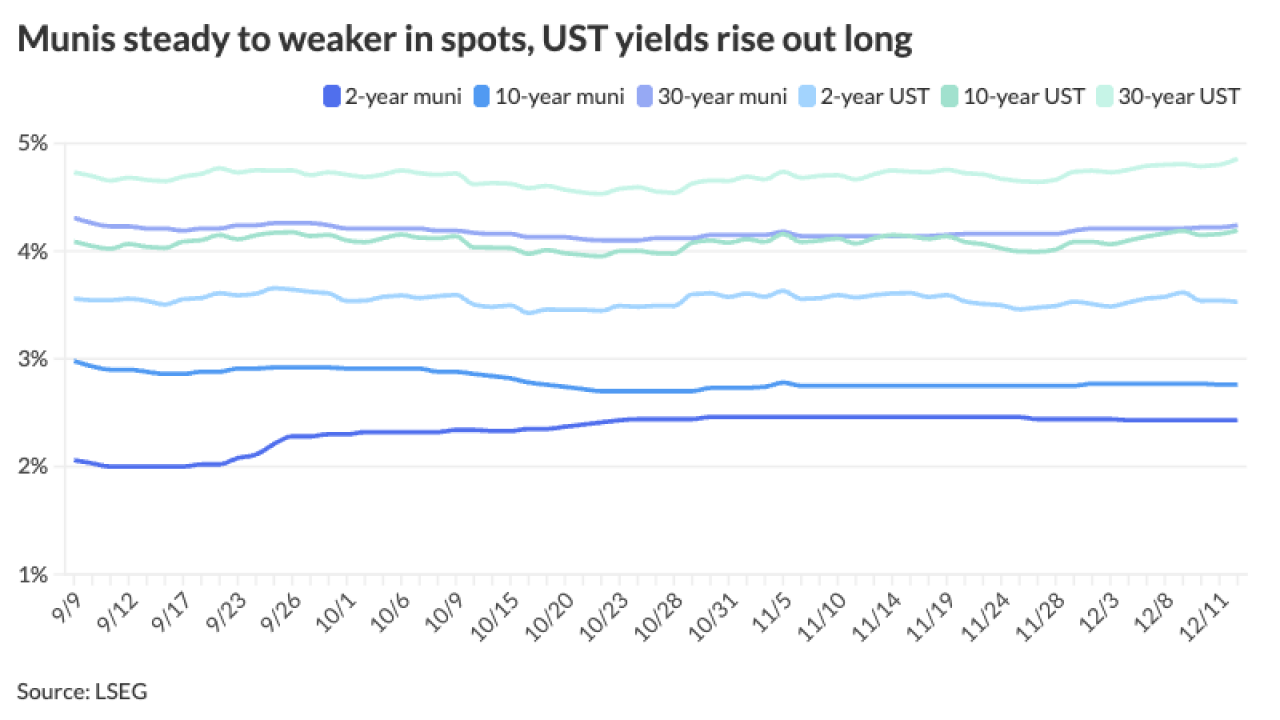WASHINGTON – Professional sports stadiums built or significantly renovated with the help of tax-exempt bonds since 2000 have cost the federal government a total of $3.7 billion, according to a study released by the Brookings Institution.
The 28-page study – Tax-Exempt Municipal Bonds and the Financing of Professional Sports Stadiums – stated the federal government subsidized these stadiums to the tune of $3.2 billion and then suffered additional revenue losses of $500 million from wealthy bondholders.
There are no studies that support claims that such stadiums benefit local economies said the Brooking economists and researcher who authored the study -- Ted Gayer, Austin Drukker, and Alexander Gold. Further, professional sports stadiums are not economically beneficial to other areas of the country, they added.
The study recommends that tax-exempt financing be prohibited or limited for professional sports stadiums.
Bonds can be eliminated, the authors said, by removing the so-called "private use test" for stadium financings, as proposed by President Obama in recent budget proposals.
Alternatively, they said, tax-exempt financing could be limited by making professional sports stadiums one of the qualified uses of tax-exempt private activity bonds, which are subject to state volume caps and other restrictions. Currently these caps equal $100 per capita or $302.88 million, whichever is greater, for each state and the District of Columbia.
The study focuses on professional football, baseball, basketball and hockey stadiums, built, significantly renovated, or under construction since 2000. Of the 45 stadiums that fit this description, 36 were funded, at least in part, by tax-exempt bonds.
The total principal amount of the tax-exempt bonds used for the stadiums was $13.0 billion, according to the study.
The present value federal subsidy to the issuers was calculated to be $3.2 billion, based on interest rate spreads between tax-exempt and taxable bonds, using a 3% discount rate and 2014 dollars. The present value federal tax revenue loss from the bonds was another $500 million based on were based on the "windfall tax break[s]" of the bonds for high-income earners, also assuming a 3% discount rate and 2014 dollars.
The study examines the history of stadium financings. For the first half of the twentieth century, local professional sports franchises funded the construction of most stadiums, it said. The Revenue and Expenditure Control Act of 1958 restricted the projects involving private parties that could be financed with tax-exempt bonds. Under that law, bonds would be taxable if more than 25% of the proceeds were used by a private party and more than 25% of the debt was paid for or secured by a private party. But the law exempted sports stadiums from those restrictions.
The Tax Reform Act of 1986 eliminated sports stadiums from being exempt from the private use and payment tests, while also reducing those tests to 10% from 25%.
But this backfired, according to the study. To be eligible for tax-exempt financing, stadium bond issues had to be structured so that no more than 10% of their debt was used or secured by private sports franchises.
"This sets up a kind of matching incentive, an "artificial financing structure" whereby federal tax exemption is granted if the state or local government is willing to finance at least 90% of the debt service for the bonds. Additionally, since this 90% of financing cannot come even indirectly from private activity if tax exemption is to be maintained, the state or local government cannot rely on stadium generated revenue, such as a tax on entry tickets to the stadium or event, or even rent collected from the team as tenants."
The Tax Reform Act of 1986 "effectively requires that, in order to receive the federal subsidy, a state or local government must finance the bulk of the stadium, and it must rely on tax revenue unrelated to the stadium for the financing, such as general sales taxes, property taxes, income taxes, lotteries, or taxes on alcohol or cigarettes."
The authors of the study noted that proponents of tax-exempt financing for stadiums justify it by pointing to resulting spillover gains to the local economy.
"The evidence for these spillover gains is weak," they said. "Academic studies consistently find no discernible positive relationship between sports facility construction and local economic development, income growth or job creation."
In recommending eliminating or limiting tax-exempt financing of stadiums, the study said: "The simplest and most direct way to address this inefficient federal subsidy would be to eliminate the private payment test for sports stadiums." Stadiums would never be able to meet the private use test, it said.
"An alternative approach would limit the federal tax subsidy by classifying stadium bonds as qualified private activity bonds, which would make them subject to a state-wide volume cap, place additional restrictions on their use, and allow financing of the bonds through taxes directed at the beneficiaries of the stadiums," the study said.





